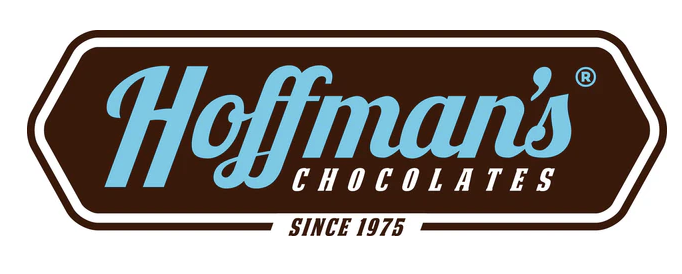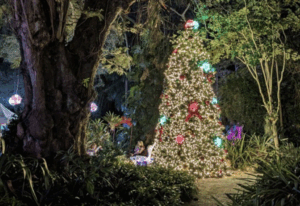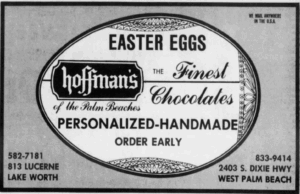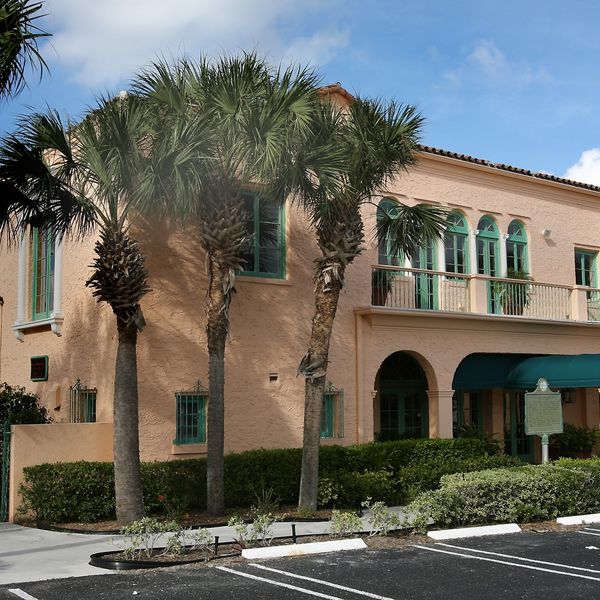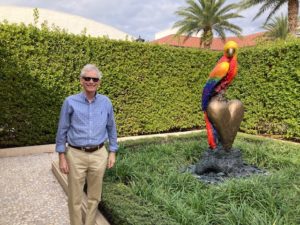Hoffman’s Chocolates has been a beloved part of Palm Beach County for over 45 years, offering delicious chocolates that have made sweet memories for locals and visitors alike. I first visited the Lake Worth store back in 1987, and I still remember the wonderful smell that filled the air—chocolate, sugar, and and other yummy sweets. It was a scent that stuck with me for years.
The original store in Lake Worth was small but full of charm. It quickly became a favorite spot in the community, known for its high-quality chocolates and its focus on using the best ingredients. I especially loved the chocolate-covered pretzels, which I often gave as gifts. They were the perfect mix of salty and sweet, and everyone I knew loved receiving them. During the holiday season, Hoffman’s really shined. The Christmas decorations, the Winter Wonderland displays, and the beautiful holiday lights made the store feel magical. It was a tradition for families, tour groups, and individuals to visit, and over 50,000 people would come by during the holiday season to see the massive facility and pick up some gourmet chocolates.
The company grew over the years but kept its personal touch. Founder Paul Hoffman’s handwritten recipes were still used to make each chocolate, keeping the quality and tradition alive. Paul originally bought a small chocolate shop in Lake Worth in 1974, borrowing $1,400 from a friend. His goal wasn’t to make a lot of money but to create a business where he and his family could work together, making delicious chocolate and living a fulfilling life. Over the years, Hoffman’s produced nearly 4 million pieces of chocolate each year, with more than 1,200 products, including over 150 types of truffles. The company used over 100,000 pounds of almonds and pecans each year, and during the busy winter season, production would reach thousands of pounds daily.
Hoffman’s was highly respected in the chocolate world. Bon Appetit called it “one of America’s finest chocolate shops,” and The Wall Street Journal named their Easter basket the best in the nation. Their commitment to quality was clear, and it seemed like Hoffman’s Chocolates would always be a part of Palm Beach County.
But in 2013, theHoffman family sold the business to BBX Corp., and things started to feel different. BBX had big plans for the company, focused on expansion, but in doing so, much of the charm and personal touch that made Hoffman’s special seemed to disappear. The small, cozy storefronts were replaced by a more corporate approach, with new locations opening, production moved to Orlando, and the focus shifting away from quality and customer service.
One of the hardest parts for many locals was the loss of the Christmas Holiday Lights. For years, the lights and festive decorations were a major attraction, but after the sale, that tradition faded. The magical experience of visiting Hoffman’s during the holiday season was no longer the same. The business felt less personal, and the community connection seemed to weaken.
With BBX focusing on growth, it’s hard to say what the future holds for the Lake Worth location. It’s possible we could see condos or another type of development in its place soon. The changes to Palm Beach County are clear, and it’s sad to think that the place that once smelled so sweet might soon be gone.
For now, we’ll hold on to the memories of those sweet smells, the festive lights, and the chocolates that were once a part of the community’s heart. Whether or not Hoffman’s Chocolates can return to its roots and bring back the charm that made it special is unclear, but the memories will always remain—a time when chocolate-covered pretzels, holiday decorations, and a local favorite made life a little sweeter.

